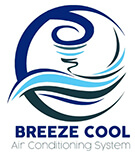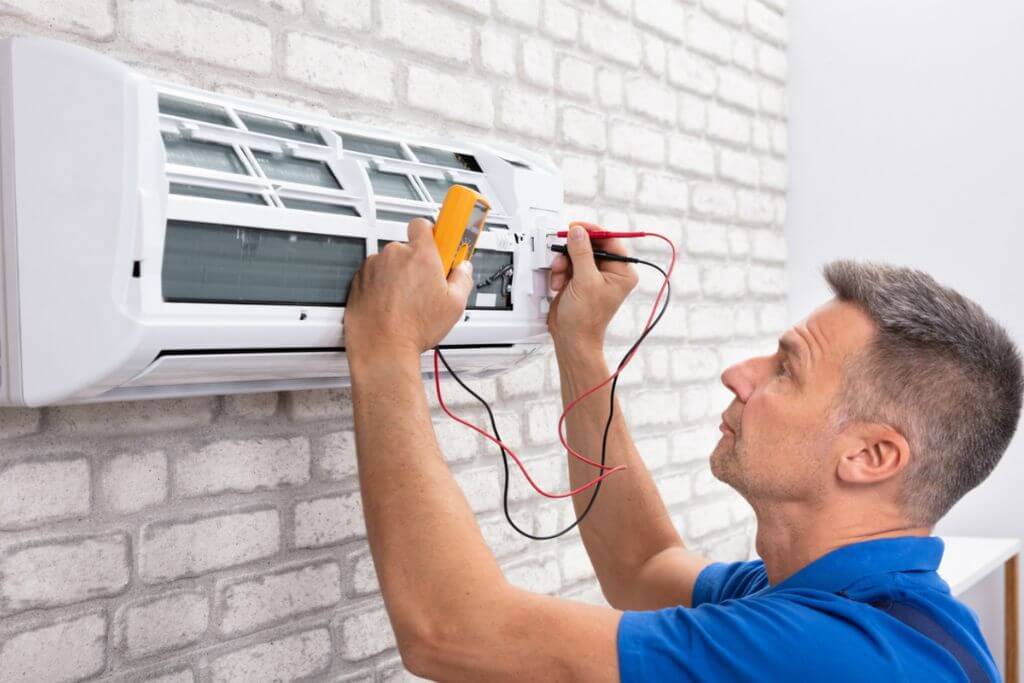As temperatures climb during hot summer days, your air conditioner becomes essential for keeping your house cool and comfortable. However, a broken device may be a nightmare, especially when you need it the most. As a result, learning how to troubleshoot your air conditioner is critical for identifying and resolving frequent difficulties. It is not possible for a person to get the peak performance from AC when it is broken. Furthermore, in this blog article, we’ll walk you through troubleshoot your air conditioner step by step.
Steps to troubleshoot your air conditioner
Look at a few steps to troubleshoot the air conditioner and grab its maximum output.
Check the Power
Checking the power source is the first step in troubleshooting your air conditioner. Check whether the item is plugged in and the circuit breaker hasn’t tripped. Besides, if everything appears to be in order, go to the next step.
Check the Thermostat
The next step is to inspect the thermostat. Check that it is set to the right temperature and cooling mode. Your air conditioner will not turn on if your thermostat is malfunctioning. If the thermostat is operational, go to the next step.
Check the Air Filter
The air filter should be checked as the third step. A clogged air filter might cause your air conditioner to malfunction. Check your air filter for cleanliness and replace it as needed. A clean air filter will help your run more efficiently and last longer. Furthermore, a filthy air filter can increase the operating costs of your machine.
Check the Capacitor
The fourth step is to inspect the capacitor. The capacitor is the component that charges the motor of your Ac. If your air conditioner is over 15 to 20 years old, a defective capacitor might be to blame for its inability to come on. You may use a multimeter to see if the capacitor works appropriately. If the capacitor is defective, you must replace it.
Check the Timer
The next step is to verify the timer. If your air conditioner has a timer, ensure it is set appropriately. To set the timer, hit the PROGRAMME button on the remote control and use the UP or DOWN arrow keys on the TIMER button to pick a different day. Press the SET button and use the UP or DOWN arrow keys on the timer button to choose a new program number for each day. These are numbered P1-P4.
FAQs
What is causing my AC to leak water?
A clogged condensate drain line, a filthy air filter, or a frozen evaporator coil might cause your air conditioner to leak water. A skilled expert should evaluate your system to determine and correct the root cause of the problem.
When should I change my air filter?
Depending on the kind of filter, the number of pets in your home, and the frequency of system usage, you should replace your air filter every one to three months.
How can I increase the efficiency of my AC?
Increase your air conditioner’s effectiveness by regularly cleaning the air filter, sealing air leaks in your home, utilizing a programmable thermostat, and scheduling yearly maintenance.
What should I do if my AC produces unusual noises?
If your air conditioner produces weird noises, such as banging or screeching, it might be due to a loose or broken component. You should switch off your system and contact a professional expert to check and remedy the problem.
Is it safe to clean my air conditioner’s condenser coils myself?
Cleaning your air conditioner’s condenser coils is a do-it-yourself project, but taking safety precautions is critical. Turn off the power to the device, put on gloves and safety goggles, and then clean the coils using a light cleaning solution and a soft brush.
Conclusion
Following the abovementioned procedures, you can repair and troubleshoot your air conditioner problems. However, if your system malfunctions, you must contact a professional specialist to identify and correct the problem. Remember to keep your AC in good working order by performing routine maintenance.

